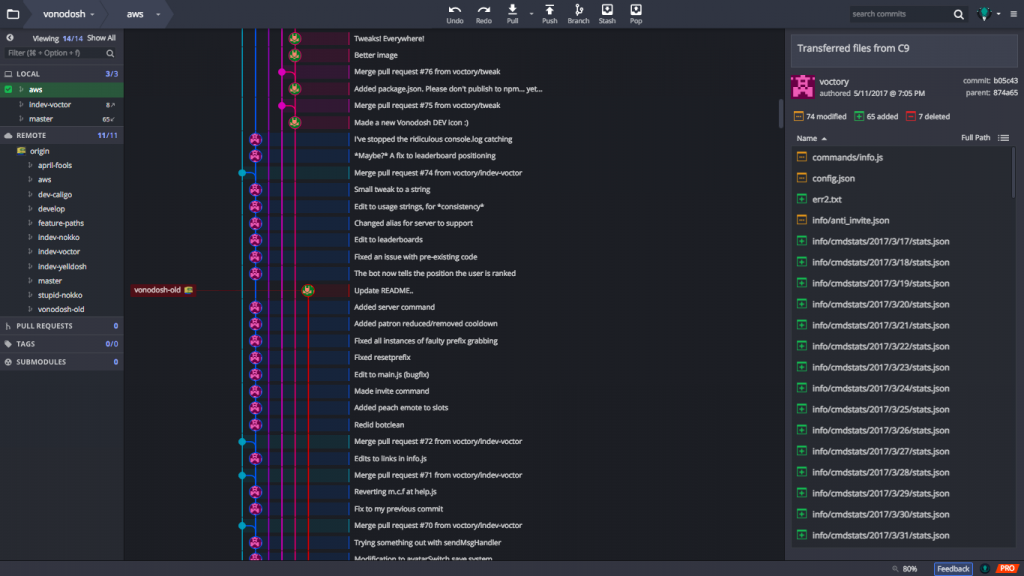Hi! This is an update detailing what I’ve done so far in regards to my inquiry project. (Couldn’t have guessed from the title, huh?)
Over the past two weeks, (they felt like four days) I’ve done a lot of stuff. 14 days ago, my project had nothing, but now it has something.
The first step in executing the wonderful plan that I’d laid out for myself was transporting my computer there… unfortunately this was going to take a little while on account of the fact that I couldn’t get a ride to school until the next Wednesday, and had to take the bus. (Can’t really bring my computer on the bus, can I.) So, 5 whole days that I had to work on the project at home.
Not a lot of things got done in this period of time, but I did manage to pack up all of the components neatly, and install some necessary packages on the system. I researched some tools that I could use to render out the uploaded files automatically, and came upon “fsniper,” a tool that does EXACTLY THAT. (using inotify, which is great!)
So that was nice. I couldn’t get it to work on my laptop, but I had high hopes for the system in school.
When I did finally get the PC into the computer lab, I set it up within the first day of it being there. There was a persistent issue with the system’s Bonjour hostname not showing up on the network, which mean that I had to scan the local network to find the machine manually… which was quite the annoyance. ssh, the software I used to connect to the computer, refused to work for some time until I reconfigured it, but that was resolved rather easily.
I had some issues setting up FTP, because the pure-ftp daemon couldn’t be configured to use its virtual users instead of the system’s real ones. I ended up just making an actual user account to use with FTP, and that was basically the end of any problems there.
pure-ftpd was easy to install, but had some more issues with file permissions. It seems that it didn’t correctly support read-only directories for some reason… great. This is still a bit of an issue, and I think that I’ll have to come up with a system of shell scripts to deal with it.
Right now… everything works. It’s not completely pain-free and it doesn’t have all of the bells and whistles that I wished it would, but everything works. I’ll need to make sure that rendered files can’t overwrite each other, and I really want to support rendering animations (especially packaging the rendered frames into an archive and putting that in the download directory instead of all the frames.)
Overall, most of the things I set out to do, I did do. I didn’t have a lot of trouble, and truth be told, I don’t know if this is a good size for the first inquiry. I knew most of what I needed to do, and the details I found out through a lot of Googling. (sometimes duckduckgoing)
If you want to know more about how the system works, in more detail… You should be on the lookout for more of my stupid blog posts! Coming soonish.



